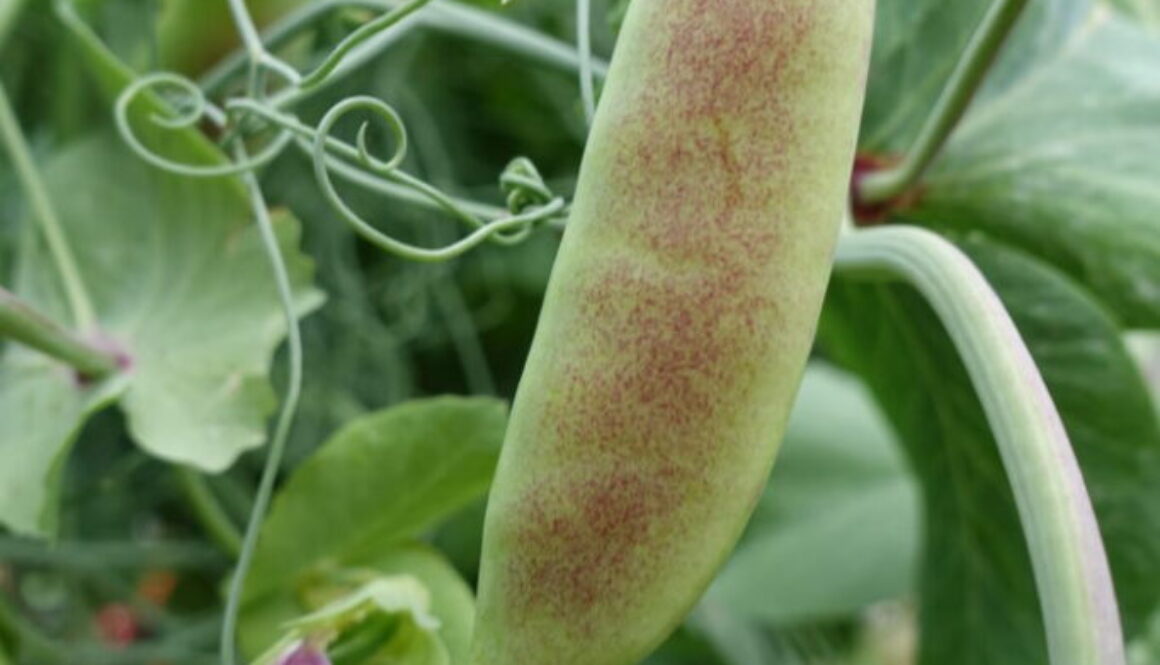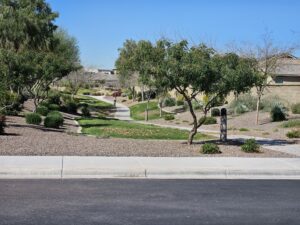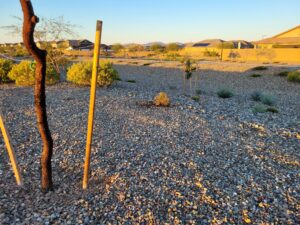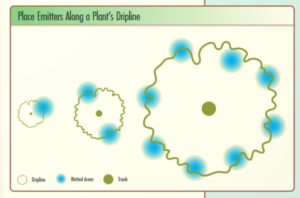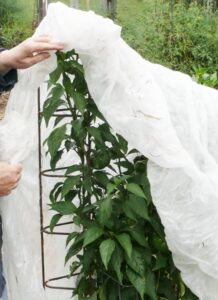Winter Legumes to Refresh Your Garden
If you have a garden in your backyard in Arizona, you know how hard it can be to keep garden crops happy throughout the seasons. There’s a helpful strategy built into many of the Sonoran Desert’s native plants, and some winter crops you can plant that operate the same way.
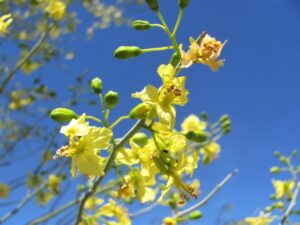
For a garden bed built into the ground, you can take advantage of the Sonoran Desert’s leguminous plants to add nutrients to your garden. Plants in the legume family (Fabaceae) have a special, built-in property called “Nitrogen FIxing.” A plant is Nitrogen-fixing when it has colonies of helpful bacteria in its roots that create clusters sometimes large enough to be seen with the naked eye. These clusters consume water, Oxygen, and Carbon Dioxide and release Nitrogen into the soil and into the roots of the plants. Many, if not most, of the trees and shrubs used in Sonoran Desert landscaping are Nitrogen-fixing legumes. The reason for this is thought to be the fact that Sonoran Desert soil is almost entirely devoid of naturally-occurring Nitrogen. Mesquites, Palo Verdes, Ironwoods, Mexican Birds of Paradise, Fairy Dusters, Cascalotes, and even Clovers are among the Nitrogen-fixing plants commonly used in landscaping out here that can help fertilize your garden.
When a Mesquite or Ironwood tree loses its leaves in the winter, the leaves it sheds are basically thousands of organic pellets of Nitrogen fertilizer that makes up for what your garden bed will be lacking by the time your fall crops are coming to fruition. Instead of blowing away all these leaves, collect some of them and strategically mix them in with your garden soil after the fall crops are finished. Not only that, but if the tree’s roots have made their way under or even into your raised bed, Nitrogen is likely being produced naturally beneath the surface.
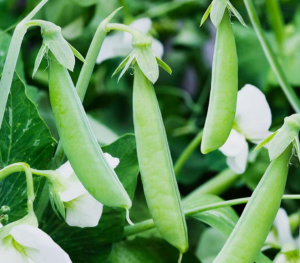
Another strategy that can get you a ready supply of healthy snacks is to plant winter legumes in your garden bed. After your fall crops finish, sow any of several species of “winter legumes” in your garden. Not only will you have beans or peas to snack on for the whole cool season, but you’ll be supporting Nitrogen-fixing root systems in your soil. Once the spring comes and you’re ready to plant fresh crops, your soil will be equipped with a healthy surplus of organic nutrients! If you’ve ever heard of the “Three Sisters Garden,” legumes are one of those vital three “sisters” that replenishes nutrients in the soil for the next batch of crops, alongside corn and squash.
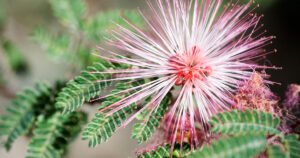
One last word of advice on this matter: If you are growing Nitrogen-fixing plants, DO NOT fertilize them with a fertilizer containing Nitrogen. This goes for the winter beans just as much as the full-sized Mesquite tree. If you add Nitrogen to their soil manually, it can weaken or even break the Nitrogen-fixing cycle in the roots of the affected legumes. Just let them be, and if they express signs of a nutrient deficiency, it’s most likely NOT a Nitrogen deficiency. Consult a professional on the proper solutions in order to save time and money!
At ELS Maintenance & Construction, we understand the intricate relationship between the landscapes and the plants we install on them, to a scientific level. If you know of a community or commercial center that needs new landscapers, email contactus@evergreenaz.com and we can get started!

